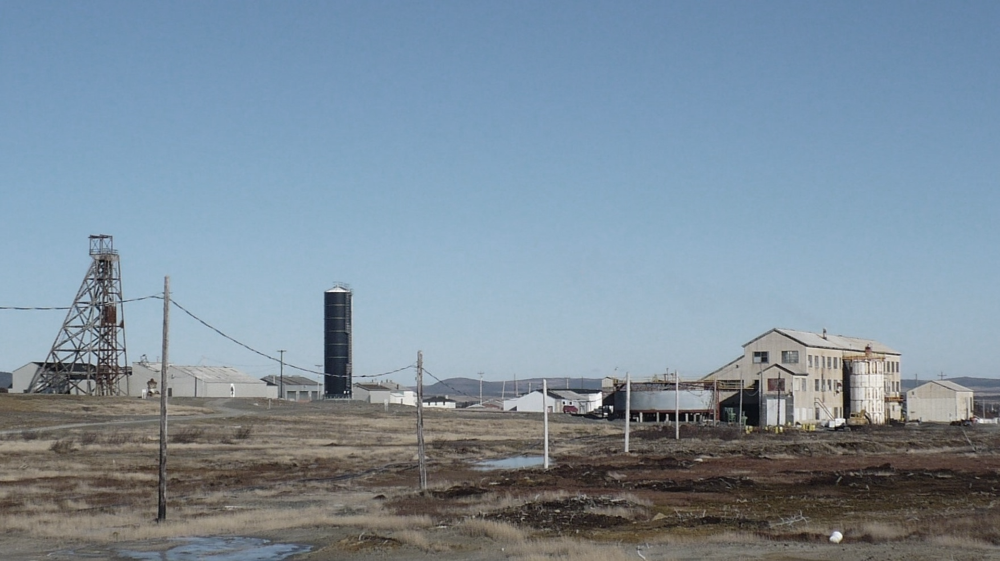Sign up for daily news updates from CleanTechnica on email. Or follow us on Google News!
The U.S. Department of Energy’s National Renewable Energy Laboratory (NREL) is preparing to unveil a database containing the results of exposure experiments on solar reflectors conducted over more than four decades. The publicly available Solar Mirror Materials Database (SMMD) will contain information from thousands of solar mirror samples from more than a hundred suppliers that have been subjected to outdoor tests and laboratory environments.
Typically used for concentrating solar-thermal power, these mirrors were installed and tested in Phoenix, Miami, and at NREL’s campus in Golden, Colorado. Information contained in the SMMD dates to 1980 and provides insight into how the different materials used in the mirrors degrade over time.
Details about the SMMD are contained in a new article, “Compilation of a Solar Mirror Materials Database and an Analysis of Natural and Accelerated Mirror Exposure and Degradation,” published in the Journal of Solar Energy Engineering. The paper also compiles the decades of measurement data into a statistical analysis.
Tucker Farrell, a research engineer at NREL and lead author of the article, said the database can be used to guide the development of accelerated tests, the design of solar reflectors, and the manufacture of the devices.
“Concentrating solar-thermal power comes in a variety of forms. You’ve got parabolic trough, tower, Fresnel, dish, and others, but it’s all the same idea. You want to reflect solar energy and concentrate it at a single point and capture the heat,” Farrell said.
Farrell’s co-authors from NREL are Yue Cao, Daniel Celvi, Christa Schreiber, and Guangdong Zhu. The website containing the SMMD should be online later this year.
The SMMD contains more than 2,000 samples and over 100,000 measurements. A given experiment may include multiple samples tested under a given condition and exposure duration. For example, the researchers found a strong correlation between four months in an accelerated testing condition when compared to nine months outdoors. The results suggest longer-duration exposures using the lab equipment are needed for accurate modeling. Long-term outdoor exposure experimental data is considered one of the main benefits of the SMMD.
The researchers benefit from having data collected from three disparate environmental conditions. The mirrors tested in Phoenix were exposed to the lowest humidity, highest daily temperature, and largest temperature difference over a year’s time. The test site in Miami had the highest humidity but a relatively stable temperature. Golden had the lowest average temperature but a large difference in temperatures.
The mirrors are made of a combination of materials, such as glass and aluminum, polymer and silver, or glass and silver. Solar mirrors degrade, or lose some of their reflectivity, but the underlying causes vary. Corrosion, microfractures, and pitting could be to blame, but so could a combination of chemical and physical changes to the reflector. The researchers noted that characterizing and linking the reasons for the degradation to environmental issues could yield accurate models based on the reflector itself as well as the region for which it was designed. For example, the optimal mirror for a dry climate with coarse sand may differ substantially from one intended to be used in a coastal climate with high humidity and airborne salts.
The U.S. Department of Energy’s Solar Energy Technologies Office funded the research.
NREL is the U.S. Department of Energy’s primary national laboratory for renewable energy and energy efficiency research and development. NREL is operated for DOE by the Alliance for Sustainable Energy LLC.
News Release from NREL.
Have a tip for CleanTechnica? Want to advertise? Want to suggest a guest for our CleanTech Talk podcast? Contact us here.
EV Obsession Daily!
I don’t like paywalls. You don’t like paywalls. Who likes paywalls? Here at CleanTechnica, we implemented a limited paywall for a while, but it always felt wrong — and it was always tough to decide what we should put behind there. In theory, your most exclusive and best content goes behind a paywall. But then fewer people read it!! So, we’ve decided to completely nix paywalls here at CleanTechnica. But…
Thank you!
Community Solar Benefits & Growth
CleanTechnica uses affiliate links. See our policy here.





